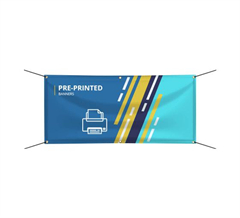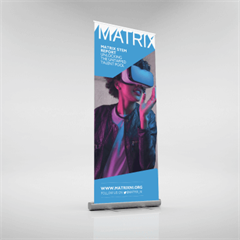- Benefits-Focused Language: Highlight how your product or service benefits the reader. Use words that emphasize solutions, improvements, and advantages.
Example: “Experience a healthier lifestyle with our organic superfoods, boosting your energy and vitality.”
- Emotion-Evoking Words: Use words that evoke emotions and create a connection with your audience. Triggering emotional responses can make your message more memorable.
Example: “Discover the joy of exploring breathtaking landscapes and creating lifelong memories.”
- Action-Oriented Verbs: Choose strong verbs that encourage readers to take action. Use words that inspire them to explore, try, buy, or engage.
Example: “Unlock exclusive savings today and transform your living space into a haven of comfort.”
- Specific and Concrete Language: Be specific and use concrete terms to convey clear information. Specific details can enhance credibility and understanding.
Example: “Our scientifically proven formula delivers visible results in just two weeks.”
- Inclusive Pronouns: Address readers directly by using inclusive pronouns like “you” and “your.” This personalizes the message and engages the reader.
Example: “Experience the luxury that suits your unique style.”
- Powerful Adjectives: Utilize descriptive adjectives that paint a vivid picture in the reader’s mind. Choose words that amplify the qualities of your product or service.
Example: “Indulge in our decadent, handcrafted chocolates that melt in your mouth.”
- Testimonials and Social Proof: Incorporate customer testimonials or social proof to build trust. Use words from satisfied customers to validate your claims.
Example: “Join thousands of satisfied customers who have transformed their health with our wellness programs.”
- Urgency and Scarcity: Create a sense of urgency or scarcity to prompt immediate action. Use words that convey limited availability or time-sensitive offers.
Example: “Don’t miss out on this once-in-a-lifetime opportunity. Limited spots available!”
- Rhetorical Questions: Pose rhetorical questions that pique curiosity and encourage readers to think about their needs or desires.
Example: “Looking for a solution that simplifies your daily routine?”
- Storytelling Elements: Weave storytelling elements into your copy to engage readers emotionally and make your message relatable.
Example: “Imagine stepping into a world of luxury, where every detail is meticulously crafted for your enjoyment.”
- Clarity and Simplicity: Use clear and concise language. Avoid jargon or complex words that might confuse the reader.
Example: “Our user-friendly app makes managing your finances a breeze.”
- Exclusivity and Prestige: Use words that convey exclusivity and prestige to make readers feel they’re accessing something special.
Example: “Elevate your dining experience with our exclusive chef’s tasting menu.”
Remember, the key is to tailor your copywriting to your target audience’s preferences, pain points, and aspirations. Keep testing and refining your copy to find the words that resonate best and drive the desired actions.


























